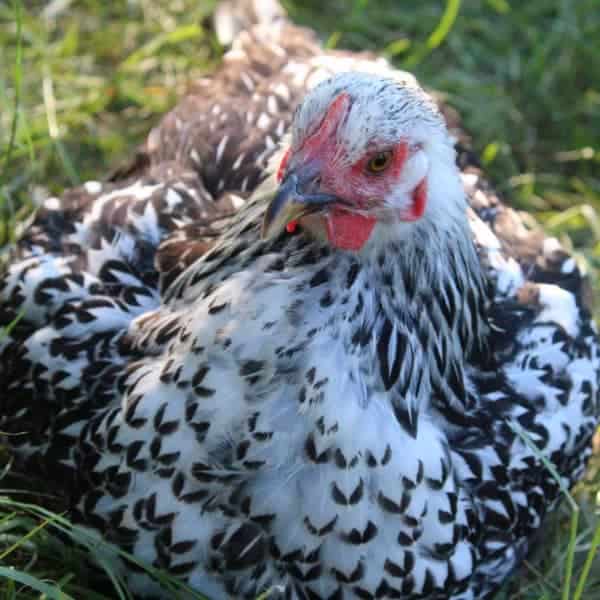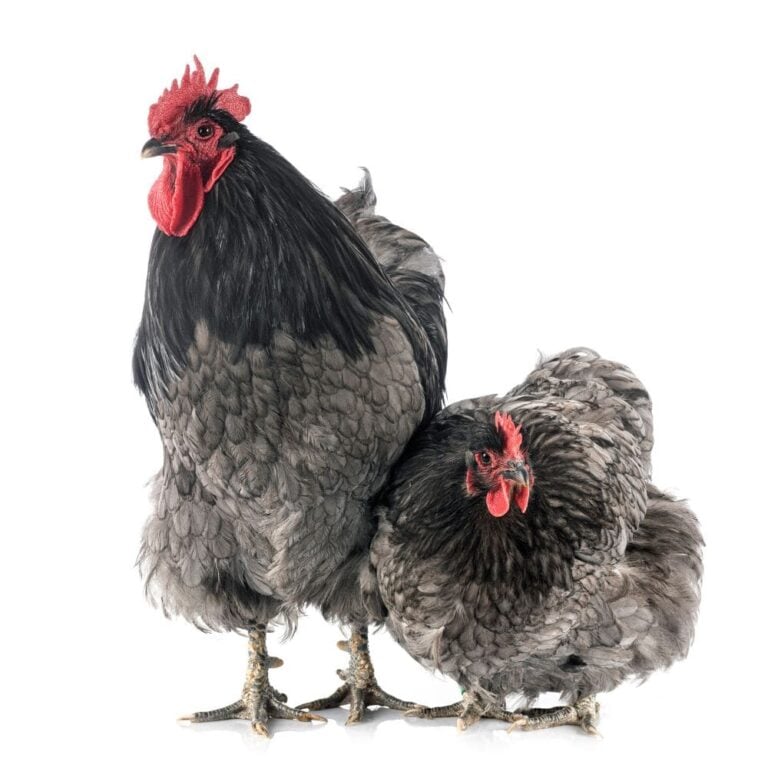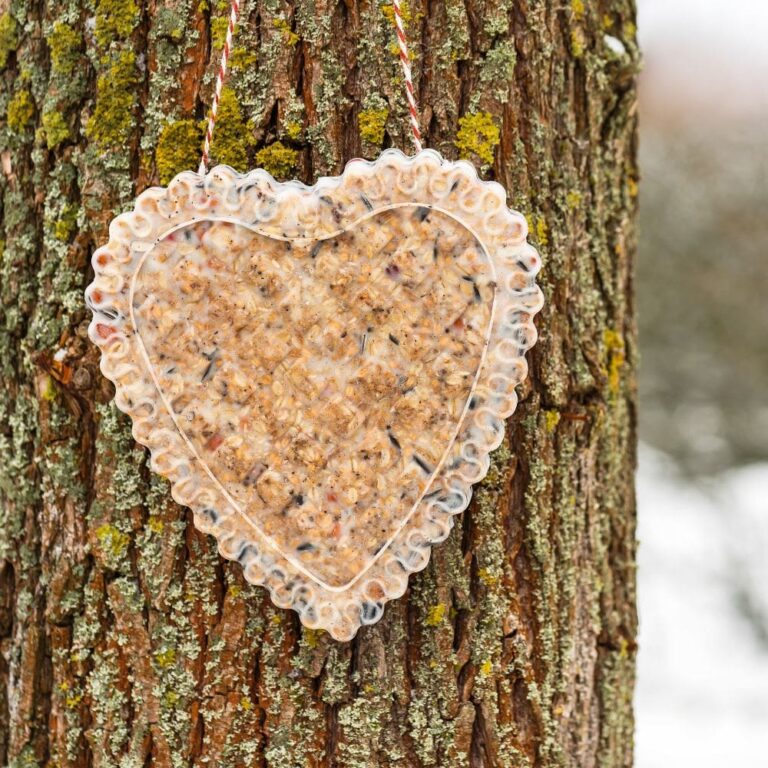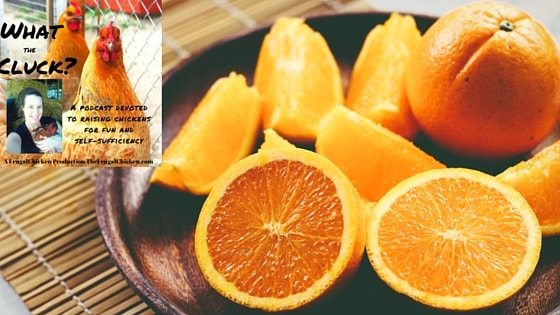Looking for an adorable new personality for your lively backyard flock? Then a tiny bantam chicken might be a perfect match for you!
These chickens are essentially smaller versions of regular chicken breeds, however, they make for good pets because they are super friendly AND they lay a lot of eggs that are just as good as a standard chickens.
If you’re thinking about raising bantam chickens, you’ve made a good choice! In this article, you’ll discover how to raise bantams successfully, and tips to care for your new poultry pals.
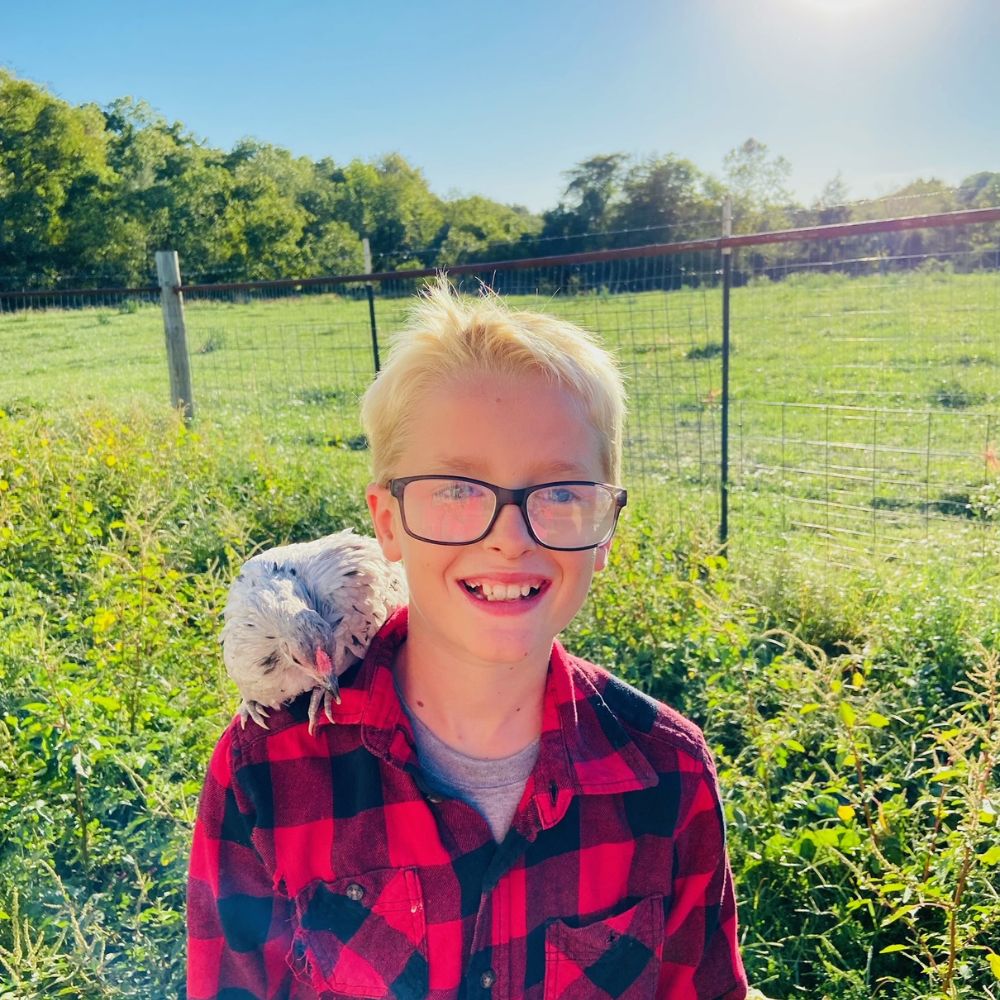
Table of Contents (Quickly Jump To Information)
Bantam Chickens 101
Bantams are small chicken breeds that make a great addition to any flock: they’re adorable, usually fluffy, always full of personality, and they lay eggs!
Particularly if you’re looking for a great pet chicken for your children, bantams are usually the way to go. With some notable exceptions (which we talk about below), bantams are friendly, like to be held and cuddled, and love attention – making them perfect for kids or adults who want a new best friend.
The hens are easy to get along with, plus the roosters are typically friendly, and are less likely (than some larger breeds) to flog or attack their owners.
You might see seasoned chicken owners referring to bantams and “true bantams.” This can be confusing if you haven’t studied up on this topic. Most full size chicken breeds have a bantam variety – which means there’s a wide array of options available for your flock. True bantam means there no full-size equivalents.
Read on further to discover the varying bantam chicken breeds available, and discover which is best for your flock!
What Does Bantam Chicken Mean?
The term “bantam” is a size characterization for chickens – bantams are smaller variations of larger chicken breeds, or have been developed as a separate breed. According to Dictionary.com, this size of chicken was named after the province of Bantam in Java. The word itself comes from the Indonesian word “Ayam kate,” and refers to any small variety of fowl, especially chickens. Since most large chicken breeds have a bantam counterpart, they are sometimes referred to as a miniature.
Which Chicken Breeds Come In A Bantam Variety?
Here’s our bantam chicken breeds chart:
| Breed | Eggs laid per year | Egg color | Good for families? | True bantam? |
| Belgian Bantam | 150 | Off white | Yes | Yes |
| Frizzle | 200 | Brown or white | Yes | No |
| Pekin | 80 | Cream | Yes | No |
| Araucana | 280 | Blue | Yes | No |
| Naked Neck | 200 | Brown | Yes | No |
| Dutch Bantam | 200 | Cream | Yes, but needs consistent handling | Yes |
| Japanese Bantam | 50 | Cream | Yes | Yes |
| Brahma | 200+ | Brown | Yes | No |
| Sebright | 80 | White | Possibly – roosters can be territorial | Yes |
| Silkie | 100 | Cream | Yes | Yes |
| Serama | 160 | Cream | Yes | Yes |
| Barbu d’Uccle | 200 | Cream | Yes | Yes |
| Polish | 150 | Cream | Yes | Yes |
| Easter Egger | 300 | Brown, blue, green, or pink | Yes | No |
| Cochin | 200+ | Brown | Yes | No |

Belgian Bantam
Belgian bantams originate in – you guessed it – Belgium. They come in a variety of lovely hues and is a lively addition to a flock. They’re one of the more rare chicken breeds – in danger of extinction – so if you choose to raise these chickens, you’ll be helping the breed out! They’re friendly and a true bantam – so they have no full sized equivalent. They are, however, good fliers so you need to ensure that they have a good chicken run and build a coop that’s safe, so they don’t wander off.
Bantams tend to be targets for chicken predators because of their size – even skunks, raccoons, and possums can easily pick them off!
Where to buy: Murray McMurray Hatchery
Pekin Bantam
Pekin bantams originated in China (possibly in the court of the Emperor), and like a lot of other bantam varieties, it has feathered feet! They made their way to Britain during the reign of Queen Victoria, and are friendly birds that are very docile.
The hens tend to go broody, although they’re only fair egg layers (approximately 80 eggs per year) – so if your hens do want to hatch chicks, you can always give them eggs from their flock mates! If you want to hatch chicks, but don’t want to deal with a broody hen, you can see the incubators I recommend here.
Dutch Bantam
Dutch Bantams come in a few different varieties: Partridge, black, blue, lavender, silver, and many more. According to historians, it was developed hundreds of years ago because peasant farmers (serfs) could only keep small eggs – the larger eggs were the property of the landholder (sounds a little stingy). Today, it’s mostly kept as an ornamental chicken (meaning, because they’re pretty).
Some owners report their Dutch Bantams are particularly hardy against the elements, and if not handled regularly, they can be flighty. Because of their size, they eat less than other breeds (you can find out what chickens eat here, and different alternative chicken feed options here.) It’s a good flier, so a sturdy and enclosed chicken run is definitely needed. They’re good layers, coming in around 200 eggs per year.
Where to buy: My Pet Chicken, Stromberg Chickens, Welp Hatchery
Japanese Bantam
Japanese bantams are popular chickens, and because of their size, they’re regarded as the easiest to keep (although most bantam breeds are pretty easy). You might notice this type of bantam has very short legs – this is due to genetics. In order to be considered a true Japanese bantam, the chicken must have these short legs. Like seramas and sebrights, their wings angle down (instead of horizontal, like other chickens).
There’s many color varieties available, black, lavender, red, partridge, as well as frizzle and silkie variations.
They lay about 150 small eggs per year.
Where to buy: My Pet Chicken, Purely Poultry, Cackle Hatchery
Brahma Bantam
Known for being sweet and friendly, this perfect urban flock chicken that comes in a variety of color combinations, such as:
- Light
- Dark
- Buff
- Black
- White
They have feathered feet (which can get quite dirty during rainy, muddy days…and collect clumped up snow in the winter). They were accepted into the American Poultry Standard of Perfection in 1946. This breed is gentle, and is tolerant to cold conditions. They’re decent egg layers that’ll lay about 200 brown eggs a year. There’s also a full-size variety. You can read more about brahma chickens here.
Where to buy: My Pet Chicken, Purely Poultry, Cackle Hatchery
Sebright Bantam
Sebright bantams are popular (especially silver laced) because they’re very beautiful. The hens almost look like an exotic bird, more than a tiny chicken. They have laced feathers, and rose combs, and are a bright addition to any flock. They’re also very tiny: both hens and roosters weigh less than 2 pounds. They’re a true bantam breed, and were developed in Great Britain by Sir John Saunders Sebright, as an ornamental breed.
However, choose your breeder wisely – some roosters can be very territorial, and they have spurs. So they’re not really for beginners. They’re also difficult to breed, because the males tend to be infertile. While they’re not known for being a spectacular layer (only about 80 per year), they still are lovely, active birds.
Where to buy: Cackle Hatchery, Stromberg Chickens, My Pet Chicken
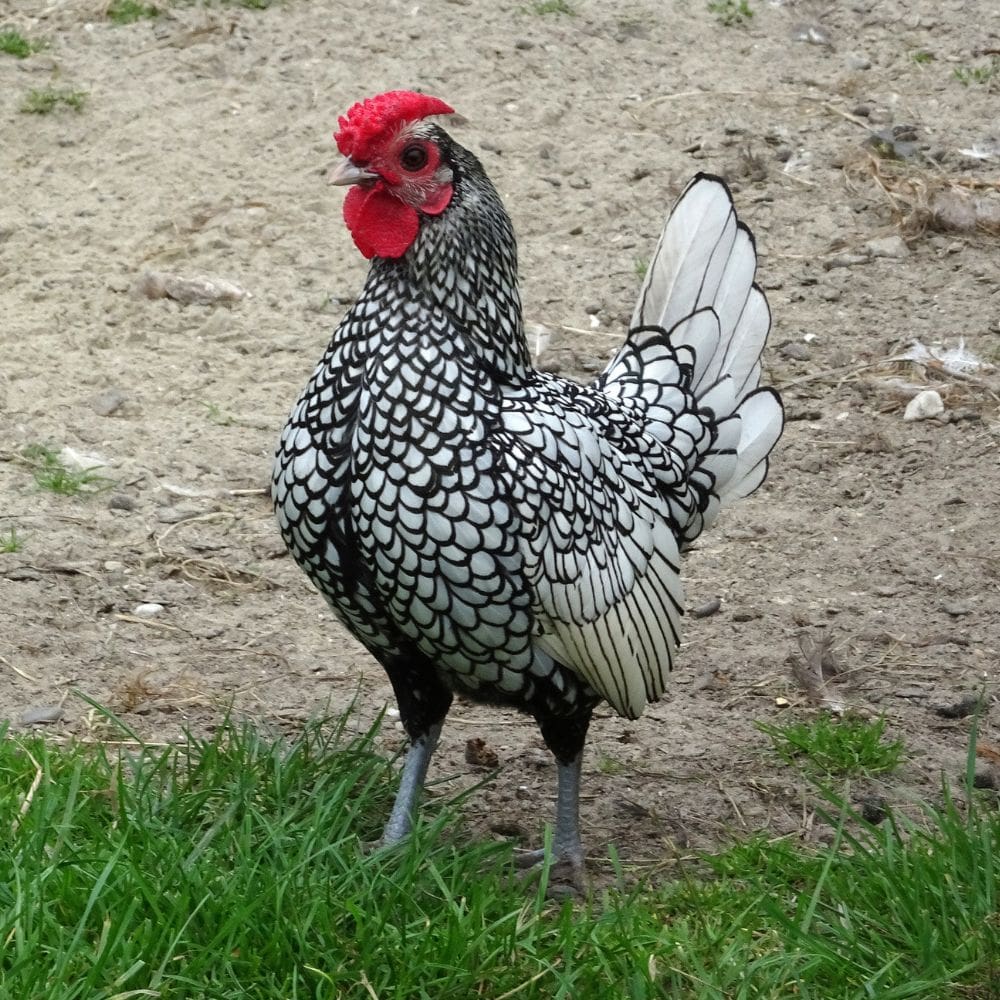
Silkie Bantam
Silkie bantam chickens are possibly the most popular, well-known, and beloved bantam chicken breeds out there. They’re great for children, and make a wonderful family pet. Unlike other chickens, silkies have feathers that resemble down. So, make sure to keep an eye on them in winter and cooler days, since they can’t keep themselves warm very well.
Silkies come in a variety of colors, including buff, white, black, blue, grey, splash, and partridge. Like other black chicken breeds, black silkies can be susceptible to heat stroke in the summer, so be sure to offer cool shade for them.
The roosters aren’t aggressive, and will tolerate being held (especially if you have treats like black soldier fly larvae or chicken candy).
They’re fair egg layers, and will give you about 100 eggs per year. The hens tend to be great mothers, and go broody consistently, so if you want baby chicks, then silkies can definitely hatch them for you!
You can read more about silkie chickens here, and discover fun facts about them here.
Where to buy: Purely Poultry, Meyer Hatchery, Cackle Hatchery, Murray McMurray.
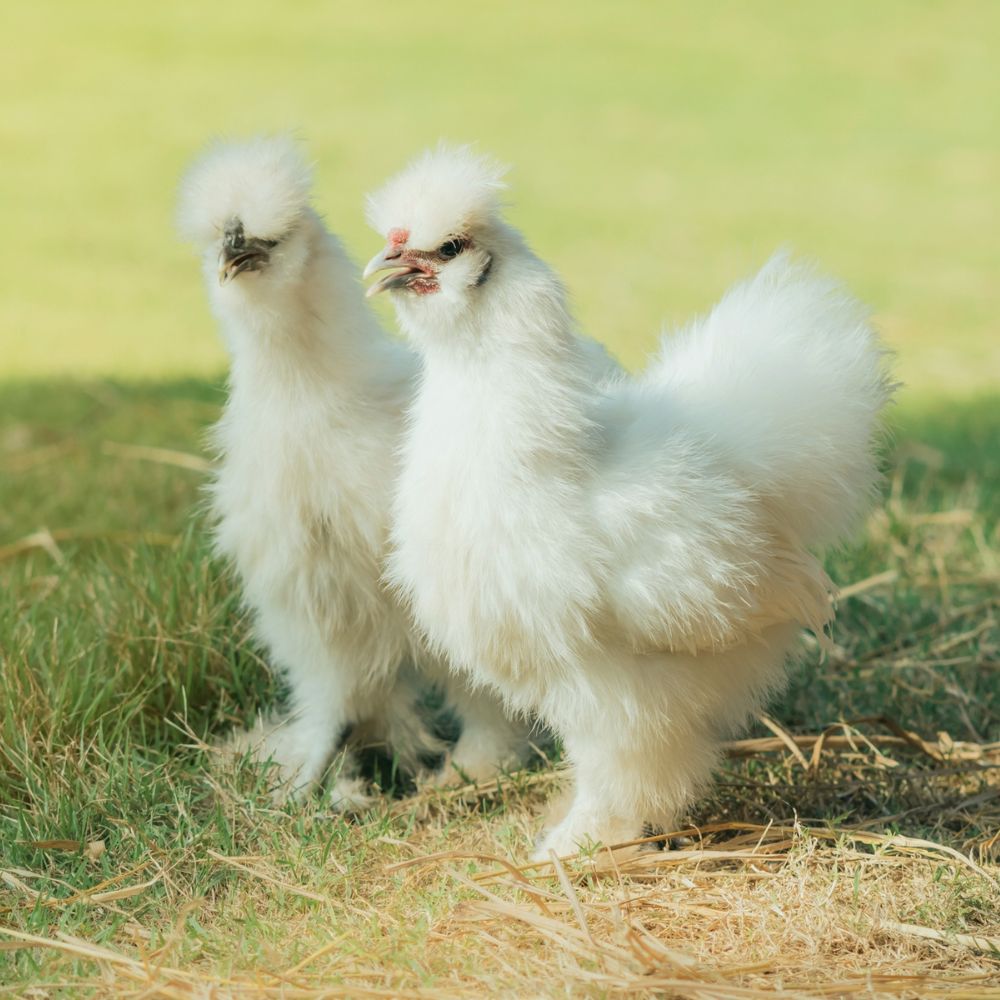
Serama Bantam
A true bantam and the smallest breed of chicken in the world. Seramas originated in Malaysia, and are distinctive because of their small stature and their profile, which includes a puffed out chest, straight tail, and vertical wings. The name “serama” is a variant of “Rama,” which means king. They can lay up to 160 cream-colored eggs per year.
Where to buy: My Pet Chicken
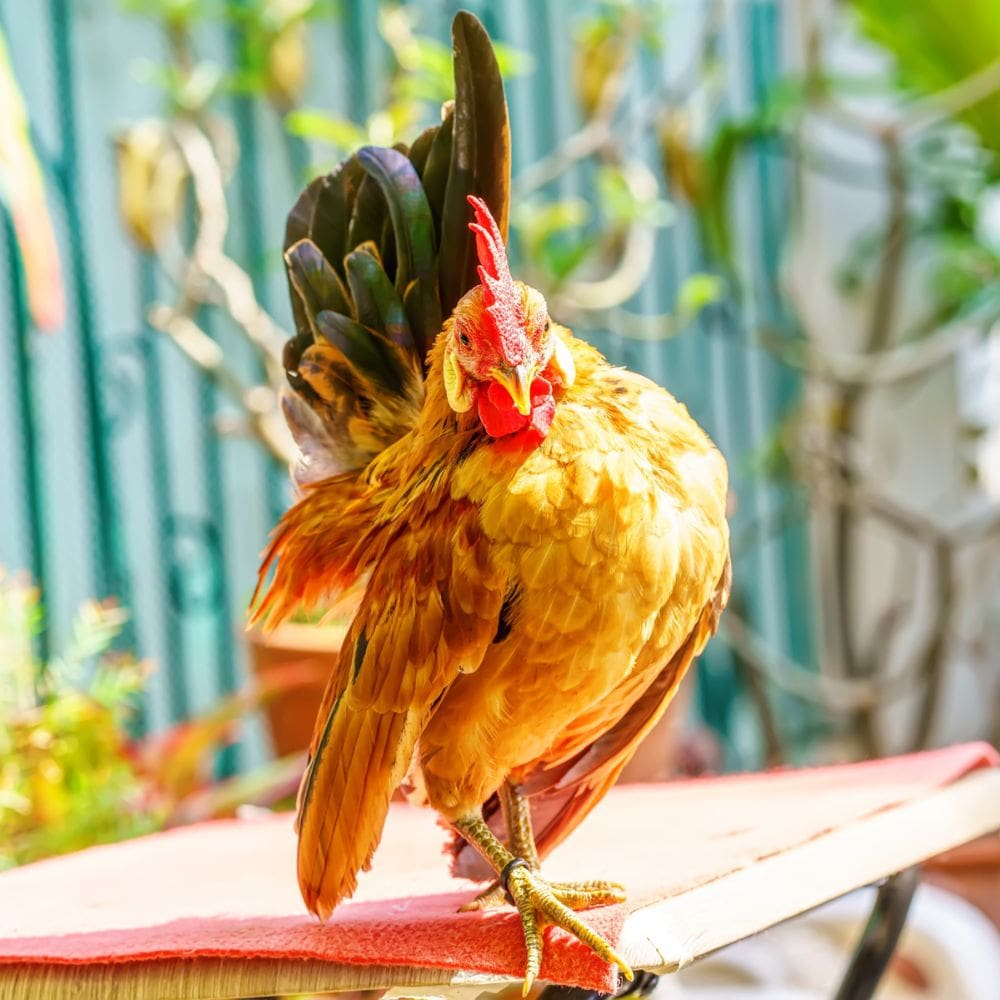
Barbu d’Uccle (Belgian d’Uccle)
These adorable bantam chickens have beards and tufts – giving them a unique and cuddly appearance! Developed in Belgium in the 20th century, they come in many varieties, including:
- Blue
- Lavender
- Mille Fleur
- Porcelain
- Mottled
- Black
- White
- Cuckoo
The Mille Fleur and Porcelain varieties are very popular because they’re an unusual addition to any flock. They’re very friendly, enjoy human company, and are great for children (especially since the Mille Fleur variety look like cartoon characters.) They’re good layers, and you can expect about 200 cream eggs per year.
They enjoy being held, and are a good family bantam. Polish chickens probably originated in Holland, and are generally kept as pets for ornamental purposes. They lay about 150 cream colored eggs each year, and come in a variety of colors such as silver laced, golden laced, buff, black, and white crested. The white crested is one of the friendliest black and white chicken breeds.
Where to buy: Cackle Hatchery, Murray McMurray
Polish Bantams
Bantam polish chickens are friendly and cuddly chickens….that also happen to look like a Dr. Seuss character! With their “pom pom” of feathers that crown their head, they’re a fun addition to any flock.
Where to buy: Any major hatchery
Frizzle
Frizzles aren’t a backyard chicken bantam breed per se, but more a variety of different bantam breeds. The frizzle effect of the feathers is a genetic abnormality that’s selected for – so many breeds have frizzle bantam varieties.
They’re on this list because frizzles look so different from other bantams – their feathers don’t lay flat, but turn up away from the body. They have wonderful personalities. They look adorable, and are friendly, calm, and enjoy human company.
Because of their frizzled feathers, children are attracted to them, and this breed enjoys being held. Although they’re getting more popular, frizzles are still a relatively rare chicken breed to find in backyards. You can learn more about frizzles here.
The amount of eggs laid per year will depend on the breed of frizzle, but most breeds lay about 200 eggs per year.
Where to buy: Cackle Hatchery, My Pet Chicken, Meyer Hatchery
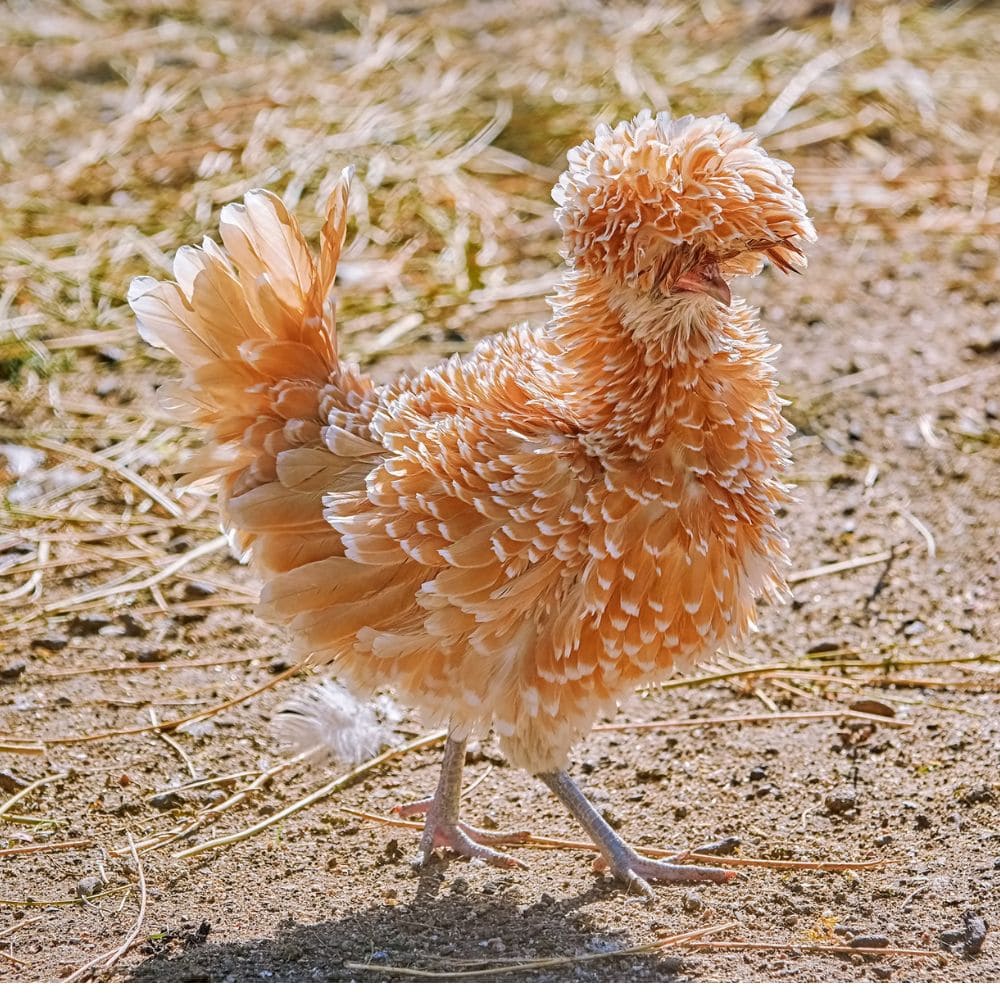
Easter Egger
Bantam Easter Egger chickens are miniature versions of the full-size variety. Easter Eggers aren’t a breed, but a hybrid. They’re popular because they’re friendly and lay eggs of varying colors – from blue to green, to pink or brown. (The color of the eggs will depend on the individual chicken.)
Easter Egger Bantams are good layers, although their eggs are smaller than their full-sized cousins. They’re friendly, and with their muffs and beards, they have a distinctive profile! Note that they may or may not lay blue eggs, so if you definitely want eggs that color, then consult this list of blue egg layers.
You can read more about Easter Egger chickens here.
Where to buy: Cackle Hatchery, Meyer Hatchery, Murray McMurray.
Cochin
Bantam cochin chickens make wonderful additions to your backyard flock. They’re very friendly, and super cute. You can expect about 200 tiny brown eggs per year.
These birdies have great personalities! They love human company, and actively seek their people for cuddles. They’re very small – weighing in at about 2 pounds. With their feathered feet, intelligent eyes, and big personalities, you’ll fall in love with them!
You can read more about cochin chickens here.
Where to buy: Cackle Hatchery, My Pet Chicken, Meyer Hatchery
Naked Neck (Turken or Transylvanian)
These bantams have a very distinctive trait – they don’t have feathers on their necks! They look strange, but they’re friendly birds who enjoy interacting with people. While their full-sized counterparts are fairly common, the bantam variety are more rare, with only a handful of hatcheries actually selling them. The full-sized Turkens lay about 200 brown eggs each year.
Where to buy: Dunlap Hatchery
Where To Buy Bantam Chickens?
You can buy bantam chickens for sale at any local farm store or major hatchery. Not all farm stores carry all breeds, and neither do all hatcheries. Here’s a list of common hatcheries you can check out:
- Cackle Hatchery
- My Pet Chicken
- Meyer Hatchery
- Murray McMurray
- Purely Poultry
- Stromberg Chickens
- Ideal Poultry
- Welp Hatchery
- Metzer Farms
You can also buy them from breeders. A good place to find them is in Facebook groups or breed associations.
Bantam Chicken Egg Production (and egg details)
Are Bantam Chickens Good Egg Layers?
Yes, some are, and some aren’t (like all types of chickens). You can see the chart below for which bantams are good egg layers. The best egg laying bantams lay at least 200 eggs a year, so it’s best to keep these breeds, if you’re keeping them JUST for the eggs (but I doubt you are).
It’s also important to remember that they usually lay smaller eggs than their full-sized chicken counterparts (who lay standard eggs). Many of these breeds also go broody often, and when birds are motherly little broodies, they temporarily cease laying.
Which Bantam Chickens Are The Best Layers?
Easter Egger, Brahma, Cochin, and Dutch bantams lay the most amount of eggs per year (about 200 eggs). You can review the chart below for more information:
| Breed | Eggs laid per year | Egg color |
| Belgian Bantam | 150 | Off white |
| Frizzle | 200 | Brown or white |
| Pekin | 80 | Cream or Light Brown |
| Araucana | 280 | Blue |
| Naked Neck | 200 | Brown |
| Dutch Bantam | 200 | Cream |
| Japanese Bantam | 50 | Cream |
| Brahma | 200+ | Brown |
| Sebright | 80 | White |
| Silkie | 100 | Cream |
| Serama | 160 | Cream |
| Barbu d’Uccle | 200 | Cream |
| Polish | 150 | Cream |
| Easter Egger | 300 | Brown, blue, green, or pink |
| Cochin | 200+ | Brown |
What Color Eggs Do Bantam Chickens Lay?
Bantam chickens can lay eggs of varying color depending on the breed such as brown, blue, green, white, and so on. You can see the options in the bantam egg color chart below:
| Breed | Egg color |
| Belgian Bantam | Off white |
| Frizzle | Brown or white |
| Pekin | Cream or Light Brown |
| Araucana | Blue |
| Naked Neck | Brown |
| Dutch Bantam | Cream |
| Japanese Bantam | Cream |
| Brahma | Brown |
| Sebright | White |
| Silkie | Cream |
| Serama | Cream |
| Barbu d’Uccle | Cream |
| Polish | Cream |
| Easter Egger | Brown, blue, green, or pink |
| Cochin | Brown |
At What Age Do Bantams Start Laying Eggs?
Larger and heavier birds like Orpingtons and Plymouth Rocks will start laying on the later side whereas lighter and smaller breeds will start laying sooner. On average, hens will start laying eggs at 6 months of age, depending on the breed.
Can You Eat Bantam Eggs?
Yes! They’re chicken eggs! Bantam chicken eggs taste the same as any eggs of larger sized chickens. To improve the nutritional value of your bantams’ eggs, you should make sure she has a healthy diet.
Bantam Chicken Appearance, Personality, and Other Fun Facts
Are Bantam Chickens Friendly?
Most bantam breeds are friendly because they’ve been bred as companion or ornamental chickens (which is why bantams are great for children). However, there are some breeds that are more likely to be skittish. Like other animals, any chicken or bantam that’s not handled regularly, can become skittish. If you spend time with your bantams and give them treats, they’ll be very friendly to their humans, and enjoy your company.
How Big Do Bantam Chickens Get?
The size of a bantam depends on breed, diet, and the individual animal. Some types of bantam chickens will only be about 8 inches tall (Sebrights and Seramas are examples), while other breeds might be closer to a foot.
Most bantams weigh between 2-4 pounds. One of the benefits of bantam chickens is they’re small, but if you live in an urban area, it’s best to do a “bantam chicken size comparison” before deciding on the perfect breed for your backyard.
What is The Smallest Breed of Bantam Chickens?
The smallest breed of bantam chicken is the Malaysian Serama. It weighs in at about 1 pound and is only around 9 inches tall.
What Are Bantam Chickens Used For?
Many folks keep bantams as pets, because of their friendly natures. You can also keep them for eggs, although their eggs are smaller, and they don’t lay eggs as well as some full sized chicken breeds. They’re great pets for children, since most bantams enjoy human company and being held. Many people also keep bantams as FFA or 4H projects, or to show in competition.
How Much Room Do Bantam Chickens Need?
Because these cute little miniature chickens are…well, mini…they need less space and are great for small backyards. Small yard or big yard, they still need a coop. The perfect bantam chicken coop offers 4 square feet per chicken will be adequate enough if they also have a run.
Make sure your flock has enough room, otherwise they might become stressed or develop bad habits, like feather picking. And don’t forget, all chickens benefit from some free-ranging if you can make it possible for them.
You can read about how to build a coop here, which chicken wire is best for a run, and what your coop should include here.
How Long Does A Bantam Chicken Live?
Bantam chickens can live for between 4 to 8 years depending on the breed and how well they are cared for, just like any other chicken. Some bantams live 13 years. The oldest chicken in the world lived to about 40.
Can Bantam Chickens Live With Regular Sized Chickens?
Yes they can. Even though they’re small, most bantam breeds do well with full-sized chickens. They’re not pushovers in the flock, so they aren’t at the bottom of the pecking order. Just make sure your rooster doesn’t over mate with the hens (full size roosters are too big for most bantam breeds), and that you put out extra food and water in case they have a hard time getting their dinner.
What Do Bantam Chickens Eat?
When they’re chicks, bantams should eat an 18% protein mash. As adults, they should eat a 16% protein layer feed. They love treats, such as black soldier fly larvae. You can discover a full list of what bantam chickens can eat here, and a list of alternative feed options here. Bonus: You can also see the chicken feeders I recommend here.
Don’t forget they will always need lots of fresh clean water as well.
Can Bantam Chickens Fly?
Some can and some can’t. Breeds such as Cochin Bantams are great flyers. Silkies, on the other hand, can’t fly at all. They can jump short distances and hop onto objects. It’s important to remember this when building your coop – you need to make sure there’s a place off the ground for chickens to sleep and a secure structure, otherwise they might get eaten by a chicken predator.
What Predators Do Bantam Chickens Have?
The big, bad, wolf is one – but most of us don’t have wolves lurking around our places. However, all of us usually have the common chicken loving predators which consists of things like: neighbor dogs, hawks, owls, possums, and racoons.
Naturally, bantam chickens are easier prey because of their small size. A hawk can snatch them up in an instant, for example. So, be sure to keep them safe with a good coop set up.
How Long Do Bantam Chickens Sit On Eggs?
Bantam chickens typically sit on their eggs for 21 days be it a large or small bantam. It takes between 19 and 25 days for bantam eggs to hatch. You can learn about good nesting boxes for broody hens here.
Are Bantam Roosters Aggressive?
Bantam chickens are friendly in nature, however, some breeds can be aggressive when compared to others depending on the bird. Roosters typically don’t attack until they reach puberty and only then if they perceive humans as a threat.
Are Bantam Roosters Loud?
They can be. Even though they’re small, bantam roosters still crow. Because of their size, they tend to have “Napoleon Syndrome” and forget how small they are – so sometimes, they crow even more than other roosters. Sebright bantams are particularly shrill.
To Bantam or Not to Bantam – That is the Question
The answer, by my standards, is YES! If you love chickens, and you love miniature animals…then bantam chickens are for you. Most of them are adorable, sweet, fun, AND they lay eggs. There are many varieties to choose from, so be adventurous and try it out.
Maat van Uitert is a backyard chicken and sustainable living expert. She is also the author of Chickens: Naturally Raising A Sustainable Flock, which was a best seller in it’s Amazon category. Maat has been featured on NBC, CBS, AOL Finance, Community Chickens, the Huffington Post, Chickens magazine, Backyard Poultry, and Countryside Magazine. She lives on her farm in Southeast Missouri with her husband, two children, and about a million chickens and ducks. You can follow Maat on Facebook here and Instagram here.


